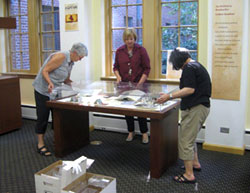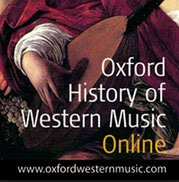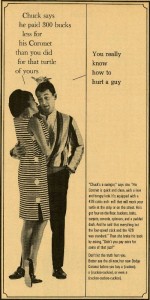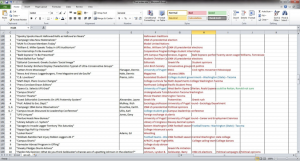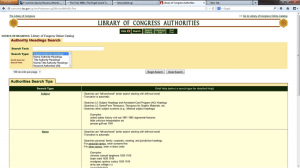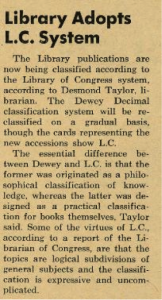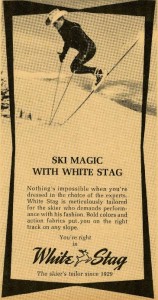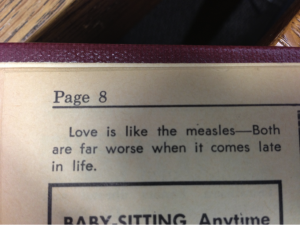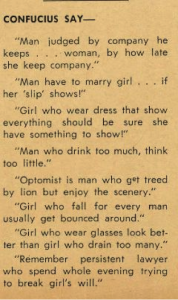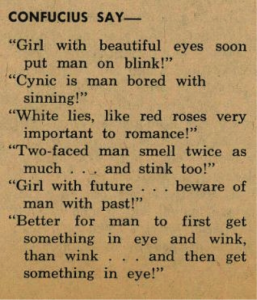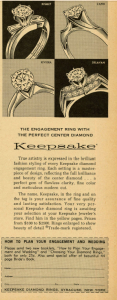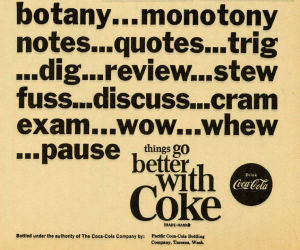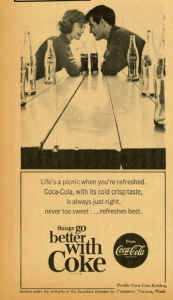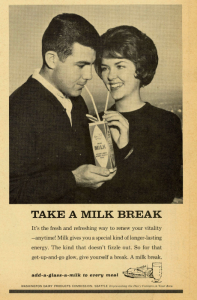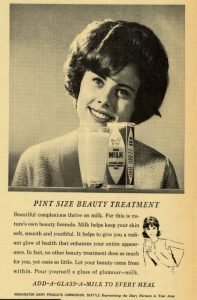I’ve thoroughly enjoyed diving into the history of the University of Puget Sound. While I’ve learned a lot about the University through my indexing work (reading every single article from one and a half years’ worth of The Trail so far, I got an awesome opportunity to learn so much more this past week.
In my quest to discover what Bob’s Place was, I came in contact with Bill Baarsma, a Logger, former editor of The Trail, former faculty member, and the former mayor of Tacoma. In the course of our phone call, I got a lot more than I bargained for and he told me some excellent stories about his time as a student here. The stories were so valuable that I hoped to record them, and was able to set up a time to do a more formal, recorded interview with Bill about his time as a student and as the editor of The Trail.
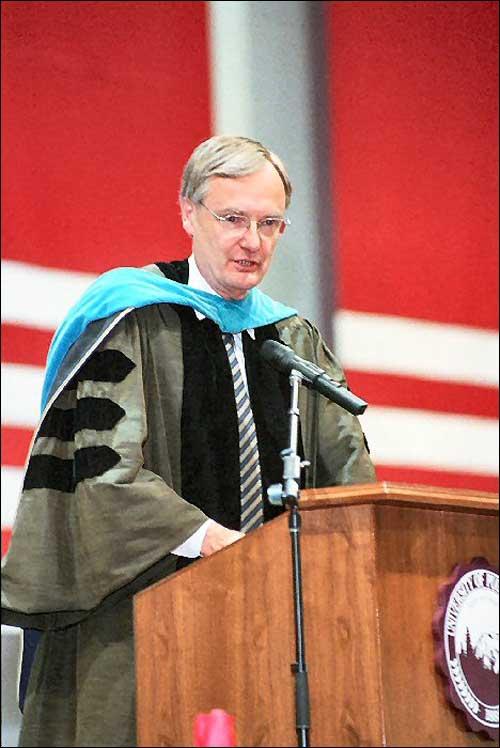
Above: Bill Baarsma ’64 at the inauguration of University President Ronald Thomas in 2004
I prepared a set of seven questions about his time as the editor of The Trail and his policy on the reporting of national events, printed out a consent form, checked out a recorder, and reserved a few pages in my notebook for notes on the interview. I felt like a full-blown official oral historian.
Bill arrived at the library on Thursday morning and I immediately felt at ease. He’s a really nice, open, and friendly man, not that I expected anything less.
The interview lasted one hour exactly, and although he kept referring to it as a “conversation,” I only interjected to ask a question when the previous question had been exhausted. It was almost all him sharing his stories.
A couple of my questions revolved around President John F. Kennedy’s visit to Tacoma on September 27, 1963 and his assassination in Dallas two months later. I think that section is where Bill told my favorite stories of the morning. He had told me a shorter version of these stories in our initial phone call, and I thought they were so important that I wanted them recorded. Just a small excerpt: for Kennedy’s Tacoma visit Bill and two other Trail writers were able to get their hands on press passes to sit with the White House Press Corps, and he and one of his fellow writers were able to meet Pierre Salinger, Kennedy’s press secretary.
And I noticed in my research that The Trail did not publish for three weeks after the President’s assassination, which I asked Bill about. His reaction and response to that question were both indicative of the sheer effect of that event on him and his fellow classmates. His description of campus, and the entire country, in the wake of the assassination as “emotionally wrought” almost seems to be an understatement.
I also asked Bill about the effect of the civil rights movement on campus. After all, in his time as editor James Meredith, the first African American to attend the University of Mississippi, visited campus and delivered a speech on the meaning of race in the United States. Bill said that one of the Associated Student Body Vice Presidents, was instrumental in bringing Meredith to speak at the school. After the speech, that ASB Vice President was severely reprimanded by University President R. Franklin Thompson for bringing such a controversial figure to campus. Apparently, President Thompson was worried that the school would lose conservative donors who might be offended by the student body’s warm reception of such a controversial figure. He also remembered civil rights in relation to campus life; he only can remember three African American students on campus, two of whom were blocked from joining sororities and fraternities due to their race. One was also a controversial figure for dating a white student very publicly, and their relationship caused some tension on campus. However, Bill also remembers many students on campus being quite tolerant and supportive of the civil rights movement.
His information about student life is extremely valuable to the Archives & Special Collections, as well as to my research.
I had an excellent time listening to Bill’s stories and gained valuable experience from preparing and recording an oral history just like a pro!
By: Jillian Zeidner
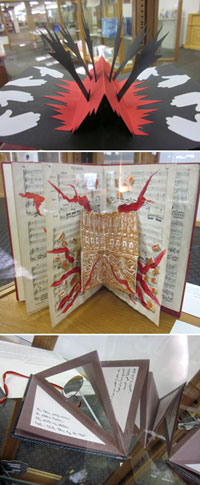 Last week I had the privilege along with Rochelle Monner, MalPina Chan and Deborah Commodore (all members of the Puget Sound Book Artists organization) to unpack and set-up the Al-Mutanabbi Starts Here book exhibit. This is a remarkable show of over 52 books from the collection of over 200 books that are part of the Al-Mutanabbi Inventory project. This project was started by poet and artist, Beau Beausoleil as a response to a bombing that took place March 5, 2007 in Al-Mutanabbi Street in Baghdad.
Last week I had the privilege along with Rochelle Monner, MalPina Chan and Deborah Commodore (all members of the Puget Sound Book Artists organization) to unpack and set-up the Al-Mutanabbi Starts Here book exhibit. This is a remarkable show of over 52 books from the collection of over 200 books that are part of the Al-Mutanabbi Inventory project. This project was started by poet and artist, Beau Beausoleil as a response to a bombing that took place March 5, 2007 in Al-Mutanabbi Street in Baghdad.